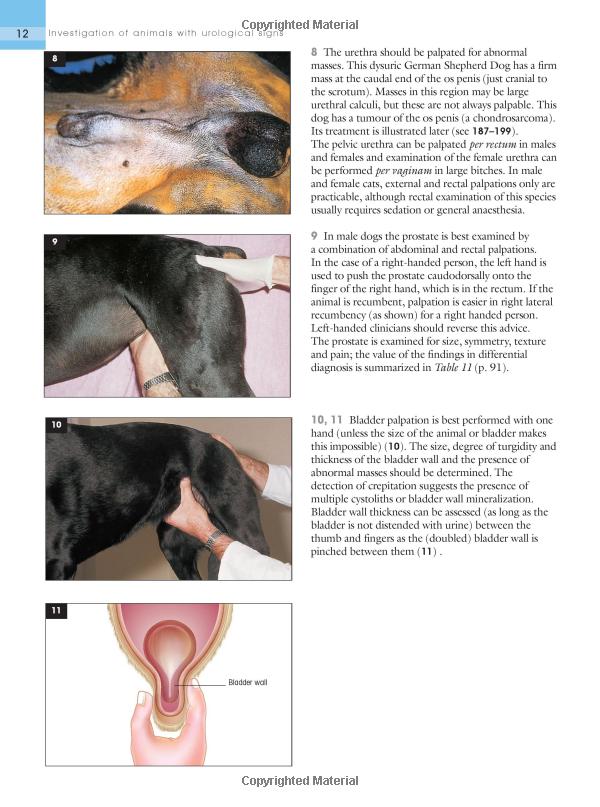Understanding Cardiac Sarcoidosis: The Role of PET Scans in Diagnosis and Management
Guide or Summary:Cardiac Sarcoidosis is a complex and often underdiagnosed condition that primarily affects the heart, characterized by the formation of gra……
Guide or Summary:
Cardiac Sarcoidosis is a complex and often underdiagnosed condition that primarily affects the heart, characterized by the formation of granulomas—small clusters of inflammatory cells. This condition can lead to serious complications, including arrhythmias, heart failure, and sudden cardiac death. Early diagnosis and appropriate management are crucial for improving patient outcomes, and one of the most effective diagnostic tools available is the PET Scan (Positron Emission Tomography).
A PET Scan is a sophisticated imaging technique that allows for the visualization of metabolic activity within the body. Unlike traditional imaging methods, such as X-rays or MRIs, which primarily provide anatomical information, PET scans offer insights into the biochemical processes occurring in tissues. In the context of cardiac sarcoidosis, PET scans can help identify areas of inflammation in the heart muscle, allowing for a more accurate diagnosis.
The process begins with the injection of a radioactive tracer, typically fluorodeoxyglucose (FDG), which mimics glucose in the body. Since inflammatory cells have a higher metabolic rate and uptake of glucose compared to normal cells, areas affected by sarcoidosis will show increased tracer uptake on the scan. This feature makes PET scans particularly valuable in distinguishing cardiac sarcoidosis from other forms of heart disease, such as coronary artery disease or other types of cardiomyopathy.

The importance of early detection of cardiac sarcoidosis cannot be overstated. Patients with undiagnosed cardiac involvement may experience progressive heart damage that can lead to significant morbidity and mortality. Symptoms such as palpitations, shortness of breath, and fatigue may be attributed to other causes, leading to delays in diagnosis. By utilizing a PET scan, healthcare providers can identify cardiac sarcoidosis even in asymptomatic individuals, allowing for timely intervention.
Once diagnosed, the management of cardiac sarcoidosis often involves a combination of medications and lifestyle modifications. Corticosteroids are commonly prescribed to reduce inflammation, while immunosuppressive agents may be considered for patients who do not respond adequately to steroids. In some cases, patients may require the implantation of devices such as implantable cardioverter-defibrillators (ICDs) to manage arrhythmias and prevent sudden cardiac death.

The integration of PET scans into the management of cardiac sarcoidosis also plays a vital role in monitoring disease progression and treatment response. Follow-up PET scans can help assess the effectiveness of therapeutic interventions, guiding adjustments in treatment plans. This personalized approach to care can significantly enhance the quality of life for patients living with this challenging condition.
Moreover, ongoing research is exploring the potential of PET imaging in understanding the underlying mechanisms of cardiac sarcoidosis. By studying the metabolic changes associated with this condition, researchers aim to develop new therapeutic targets and improve diagnostic accuracy. As our understanding of sarcoidosis evolves, the role of advanced imaging techniques like PET scans will continue to be pivotal in shaping clinical practice.

In conclusion, cardiac sarcoidosis is a serious condition that requires careful and timely diagnosis and management. The use of PET scans has revolutionized the approach to diagnosing this condition, allowing for earlier detection and more effective treatment strategies. As healthcare professionals continue to leverage this advanced imaging modality, patients with cardiac sarcoidosis can expect better outcomes and improved quality of life. The collaboration between clinicians, radiologists, and researchers will be essential in advancing our understanding and management of this complex disease, ultimately leading to enhanced patient care.